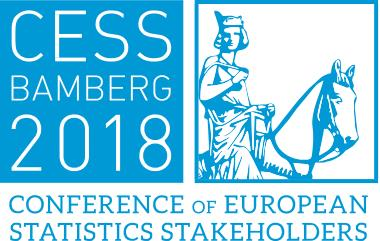The 2011 DGINS Wiesbaden's Memorandum stressed «the need for better information from time use and household budgets in terms of coverage and comparability ». This has been followed up by Eurostat in the context of the modernisation of social statistics in order to improve responsiveness to users' needs and efficiency of statistical production using new technological development.
More generally, the burden of the survey data collection on respondents in Member States, the subsequent low and/or decreasing response rates as well as burden for NSIs with the data processing, stress the need for modernisation by finding more attractive ways of collecting these data, including the use of new data collection tools and new sources in the Member States.
Both the household budget survey (HBS) and the time use survey (TUS) are key elements of the social statistical architecture. They are the source of information for many purposes and their information is used and re-used in several contexts.
HBS is the basis for the consumption patterns used for weighting price indices including the Harmonised Index of Consumer Prices (HICP), and is used for the consumption side in the National Accounts. In a broader sense, the HBS gives a picture of the living conditions of households by providing detailed information on households’ expenditures, useful in a variety of contexts, like social protection, poverty, transport, energy, education, health and health care expenditure, consumer protection, sports, culture, etc. Furthermore, the HBS is capturing one essential dimension of the material living conditions of the households, and plays an important role in the context of a better and joint measurement of income, consumption and wealth.
